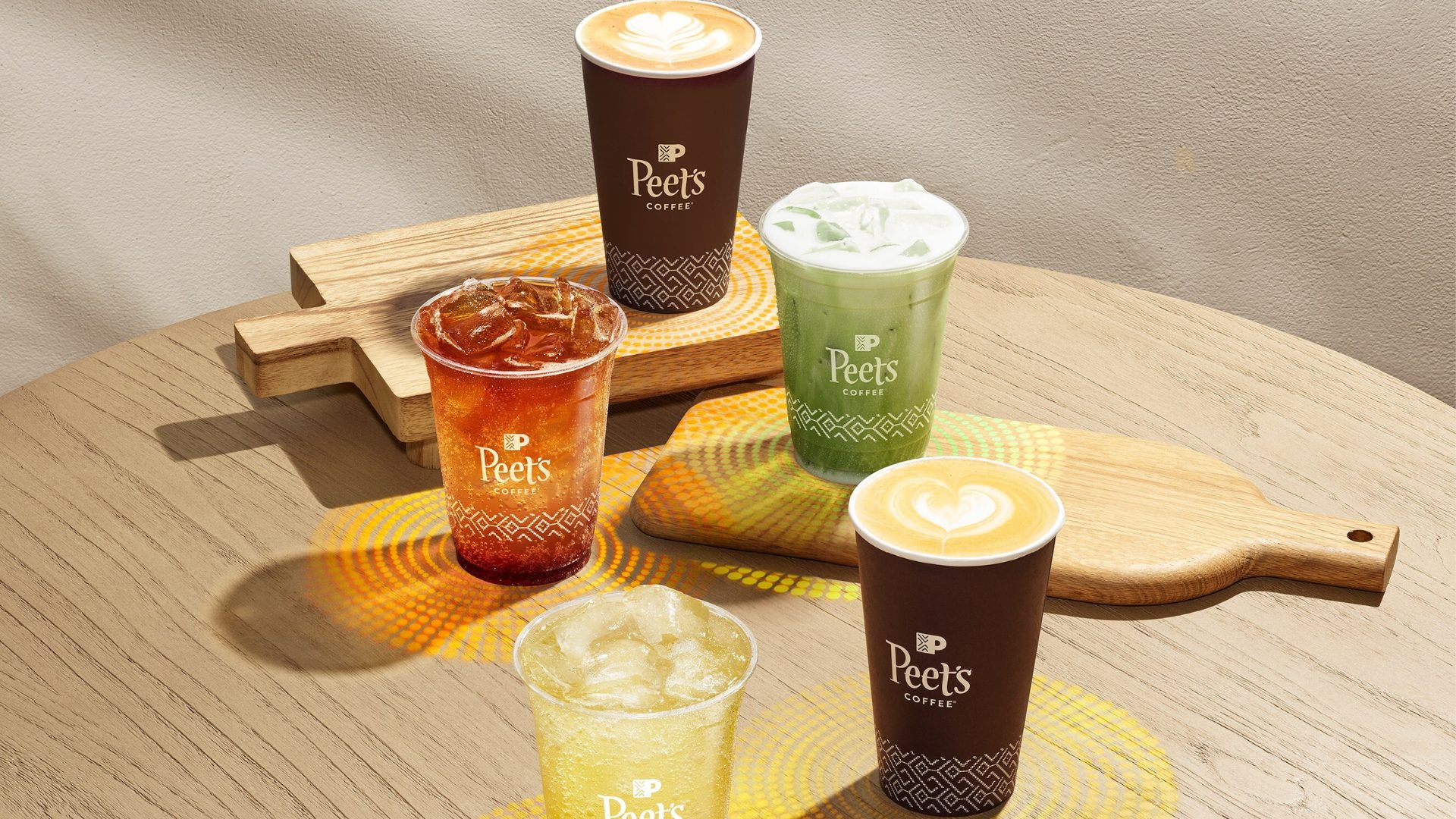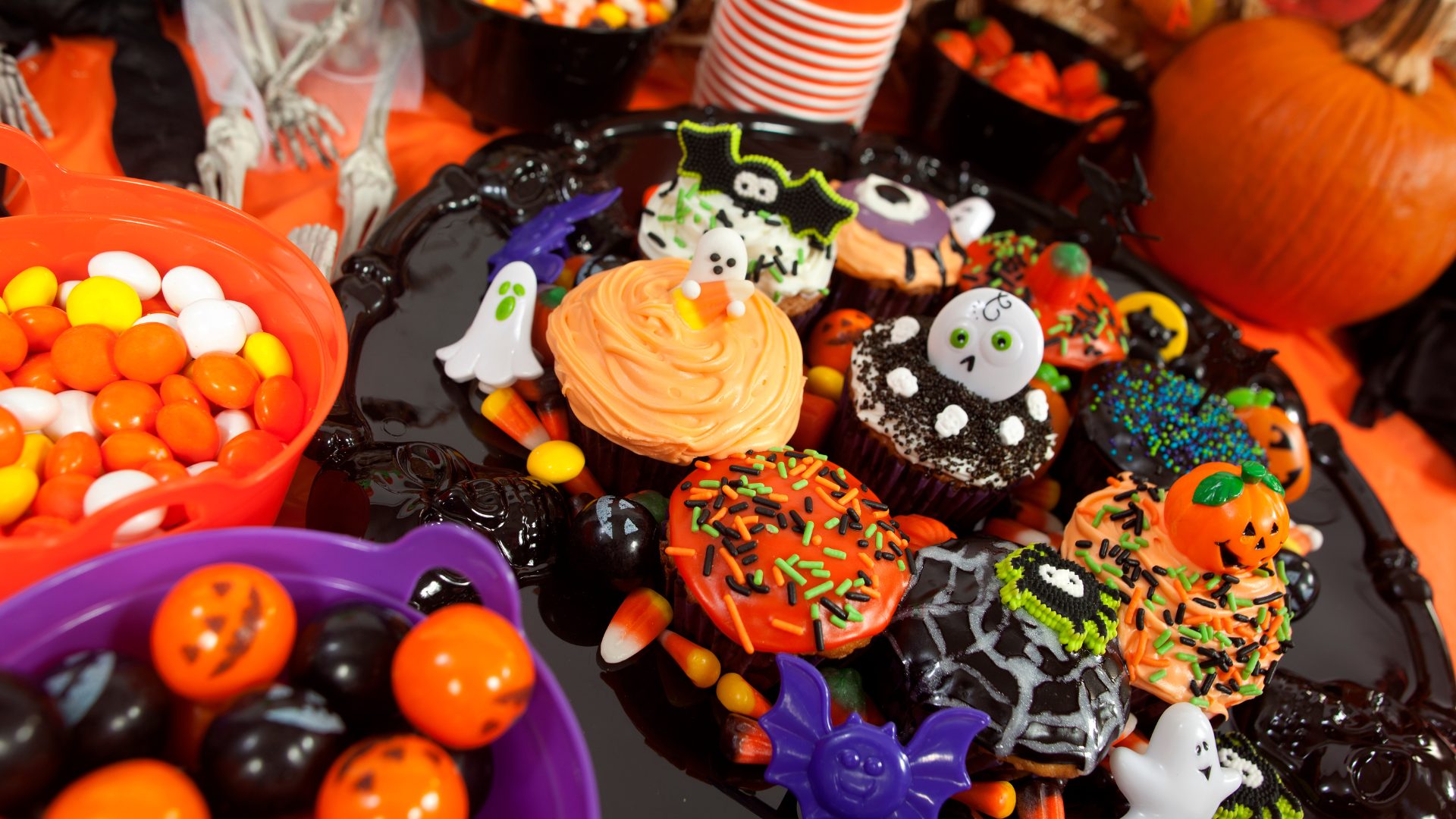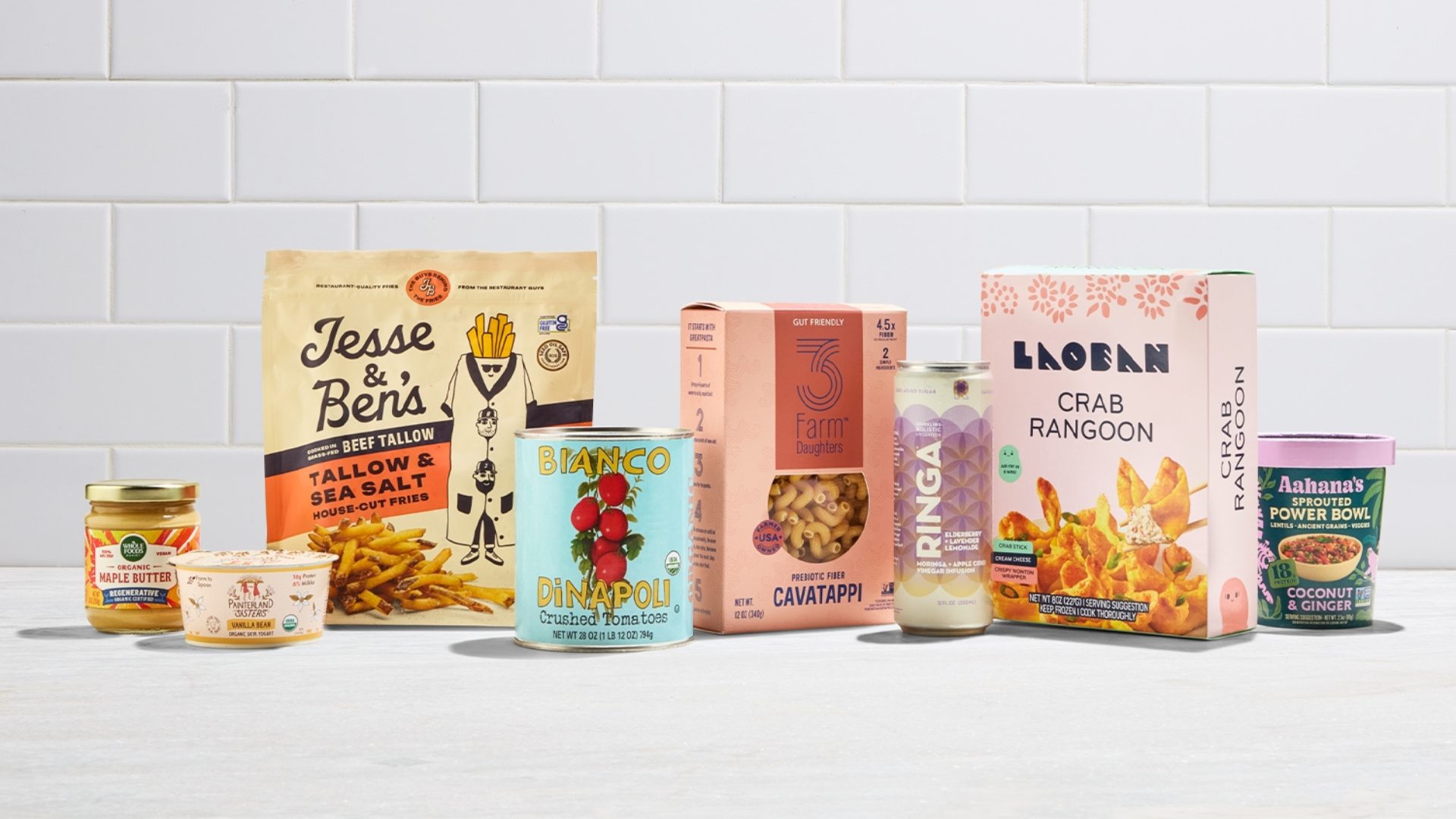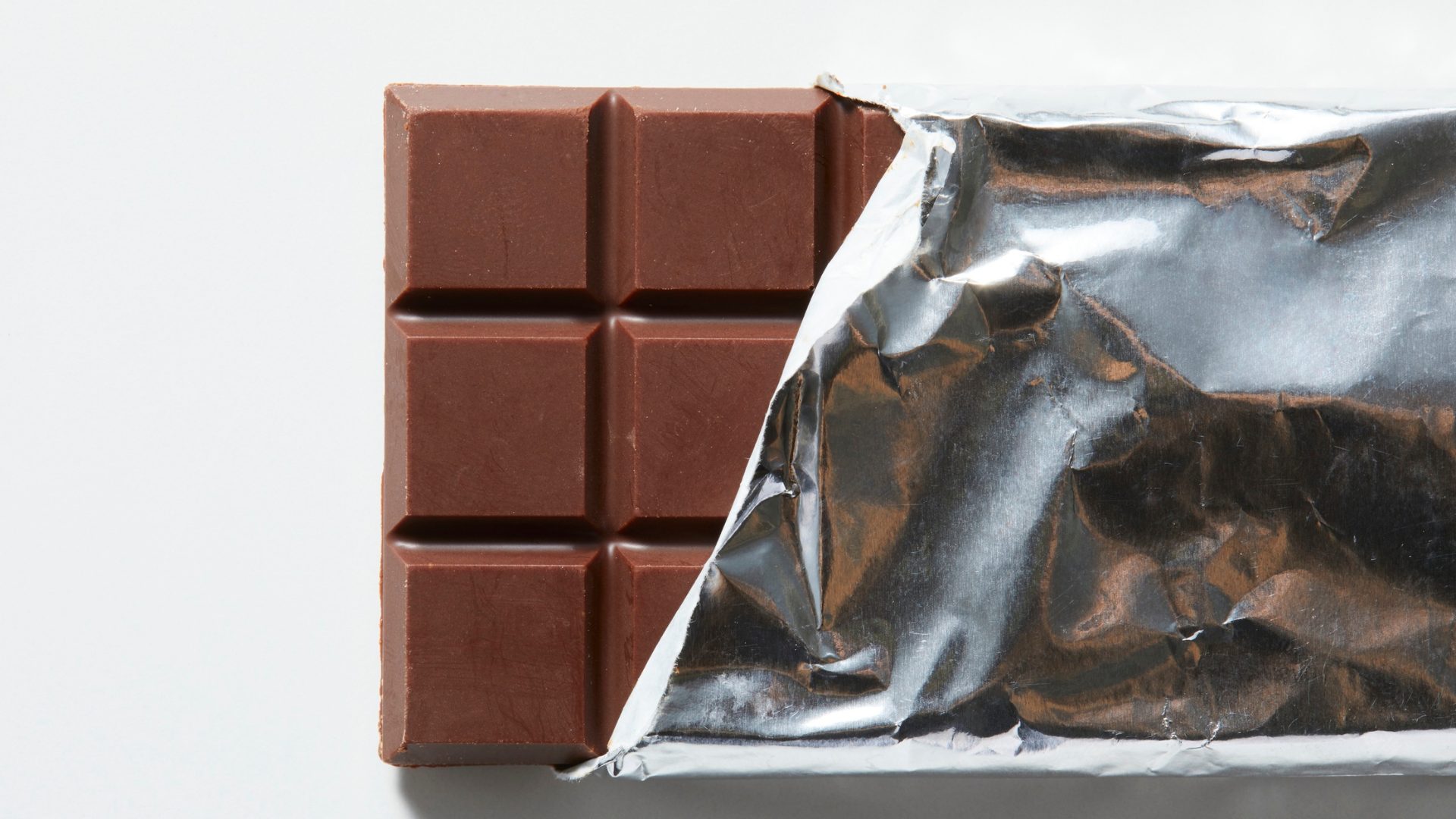Barbecue is red-hot worldwide, according to new research from Irish food company Kerry.
“It’s clear that people and cultures intersect on the general topic of open-fire cooking,” said Soumya Nair, Kerry’s global director of consumer research and insights. “Whether it’s grilling, smoking, charring, slow-roasting or open-pit cooking, using fire and smoke to enhance taste is a trend that’s currently on fire.”
In fact, Kerry identified barbecue as the top global taste trend in 2021, with one in every seven new products developed around the world focused on barbecue.
Kerry found that, in Europe, for instance, 43% of new food and beverage launches in 2021 featured barbecue as a component. More than 33% of all sauces and seasoning products launched from 2016 through 2020 call out barbecue on the front of the package, along with 30% of new snack products.
The barbecue cooking style has begun to connote a higher degree of indulgence through premium, sustainable, ingredients, Nair said. “Additionally, barbecue sauces and seasonings have adopted a healthy-halo and better-for-you position with keto-friendly options, [and] zero-sugar options.”
Kerry also identified emerging barbecue flavors around the globe:
- In Europe, consumers increasingly seek Texas barbecue and Maplewood-smoked flavors.
- In Latin America, emerging barbecue flavors include al pastor, grilled, smoked cheese, hickory, and hardwood smoked.
- In North America, emerging flavor preferences include Korean barbecue, tandoori, hardwood smoked, mesquite smoked, and grilled corn.
Nair noted that consumers seem to be intrigued by new, authentic barbecue meat and snack products featuring Korean and Brazilian flavors.
“Authentic barbecue flavor innovation, delivered quickly, remains key to [brands] winning in this fast-changing marketplace,” she said.
Kerry’s research also found that barbecue is now part of the “mash-up trend,” with curry, sweet chili, and beer-inspired barbecue flavors emerging worldwide.
“To keep pace with consumer desires, brands must now move faster than evolving cravings for complex and culturally nuanced barbecue tastes,” Nair said. “It’s vital, in this shifting environment, that new barbecue flavor innovations meet consumer expectations for the ‘real’ flavor of foods cooked over flames.”











